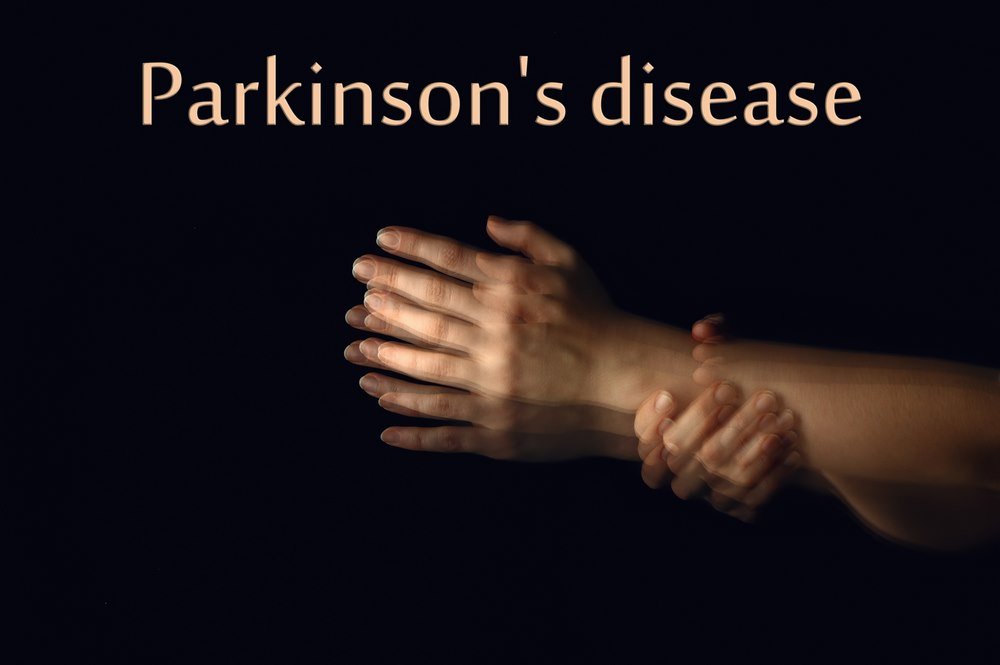Parkinson’s disease is a disorder involving brain that leads to movement and non-movement symptoms in patients. Some of the commonly occurring symptoms of Parkinson’s disease include shaking, stiffness, difficulty while walking, coordination issues, and balance problems. The symptoms of Parkinson’s disease typically begin slowly and get worse with time. With the progression of disease, people might suffer from difficulties with speech and walking. In addition, the patients with Parkinson’s disease also suffer from behavioral and mental changes that include fatigue, memory issues, depressions, and sleep problems. The incidence of Parkinson’s disease is higher than the combined diagnosis of other neurological disorders like Lou Gehrig’s disease, muscle dystrophy, and multiple sclerosis.Both women and men can get Parkinson’s disease. However, Parkinson’s disease can affect almost 50 percent more males as compared to females. One definite risk factor for the development of Parkinson’s disease is old age. Although the majority of the people having Parkinson’s disease first develop the disorder at almost age 60 while about 5 to 10 percent of the people develop early onset of Parkinson’s disease that starts before the age of 50. Early-onset of Parkinson’s disease is usually but not always due to hereditary reasons because of some mutations in specific genes. Most of the experts characterize Parkinson’s disease as a movement disorder that mainly affects the nervous system. Almost one million people only in the United States suffer from Parkinson’s disease and the experts predict that the number might rise up to 1.2 million in the next decade.
There is no exact cause of Parkinson’s disease that affects the nervous system but the symptoms of the brain disorder might be because of the low dopamine levels. According to the experts, the mechanism of how Parkinson’s disease develops is still unknown but exposure to certain environmental factors and genetic mutations can be the cause of Parkinson’s disease. Certain environmental factors like toxins can play a primary role in the development of Parkinson’s disease which is quite progressive. After the onset of Parkinson’s disease, the patient faces problems with voluntary movements like walking, speech. Dopamine is a substance present in brain which is responsible for the coordinated and smooth muscle movements of the body. [1]
A specific part of the brain known as substantia nigra is responsible for the production of dopamine to control the coordinated and smooth muscle movements in the body. The cells of substantia nigra start dying due to the genetic mutation in people with Parkinson’s disease. The result is reduced levels of dopamine which affects majority of the smooth and coordinated muscle movements. The symptoms of Parkinson’s disease start to occur when the dopamine levels drop to almost 60 to 80%. At present, there is no cure available for Parkinson’s disease. As the neurological disorder is chronic and gets worse with time, there is a great risk of death as well. According to the experts, Parkinson’s disease often goes without diagnosis until the patient reaches an advanced stage of the disease. The complication resulting due to Parkinson’s disease is one of the 14th major reasons of death all over the world. [2]

